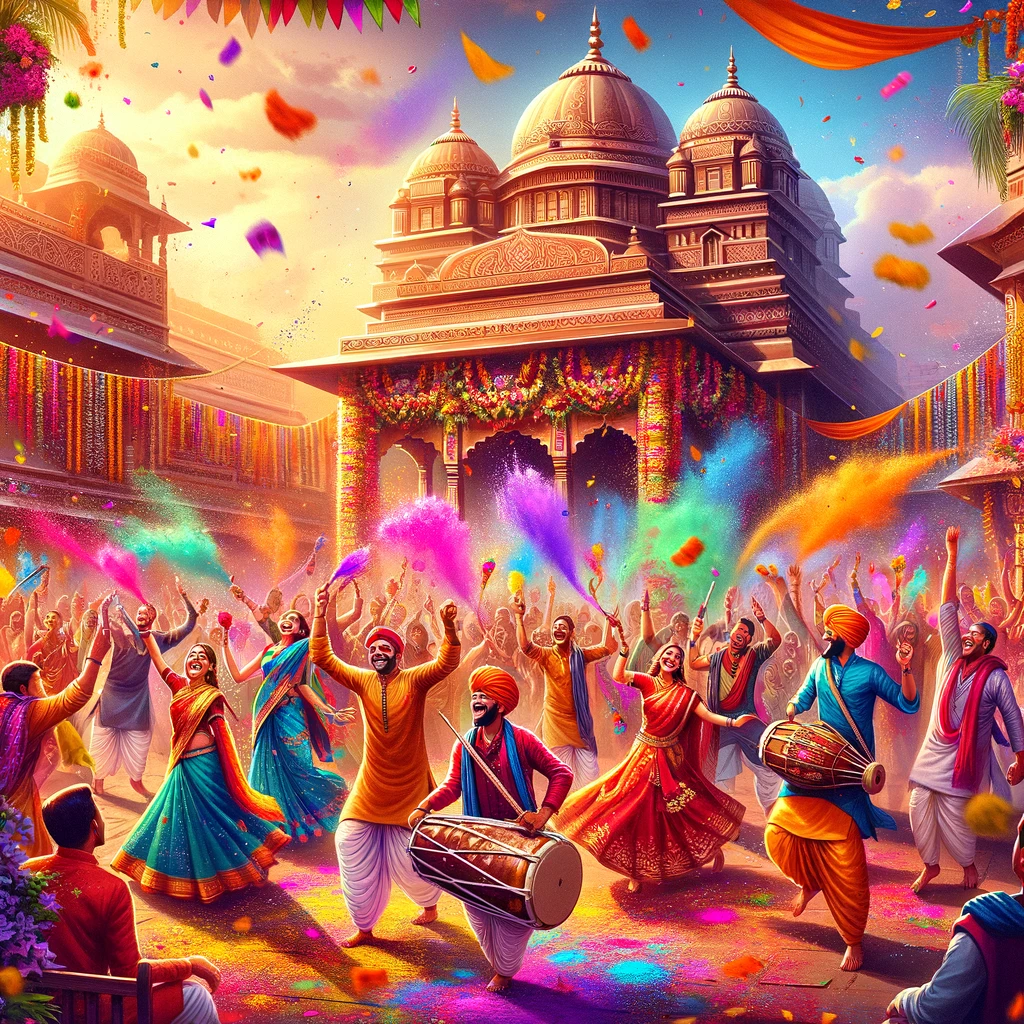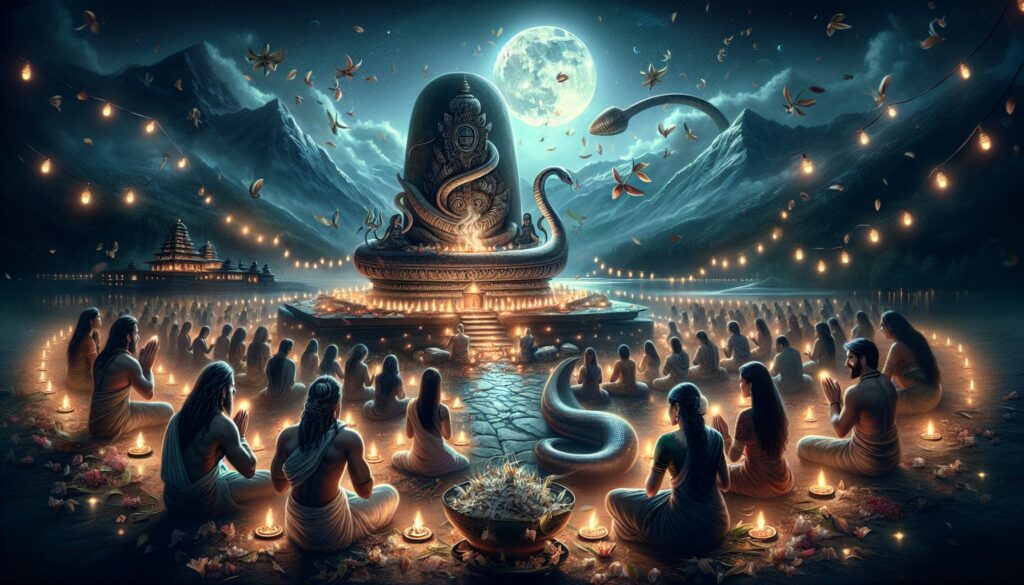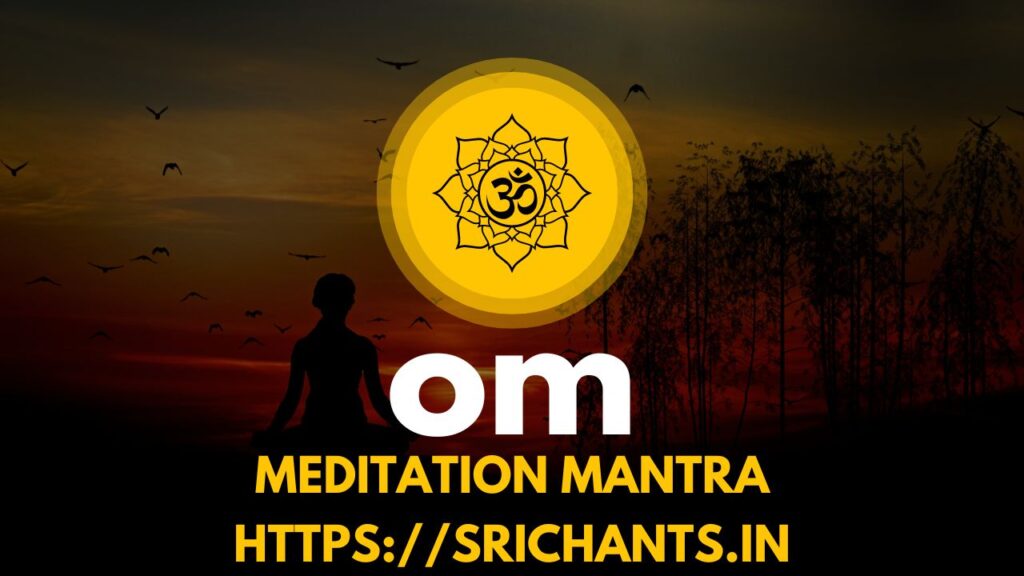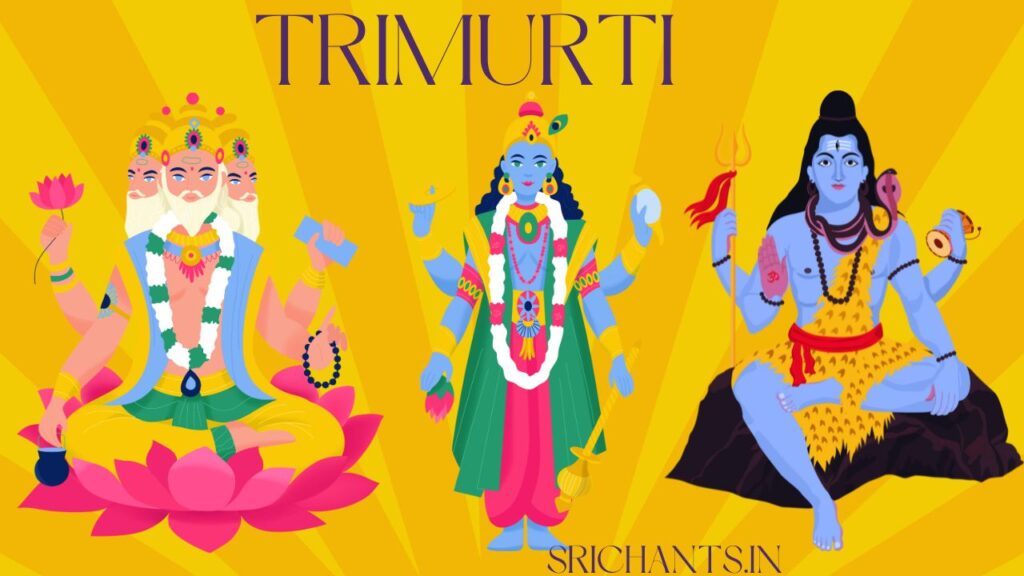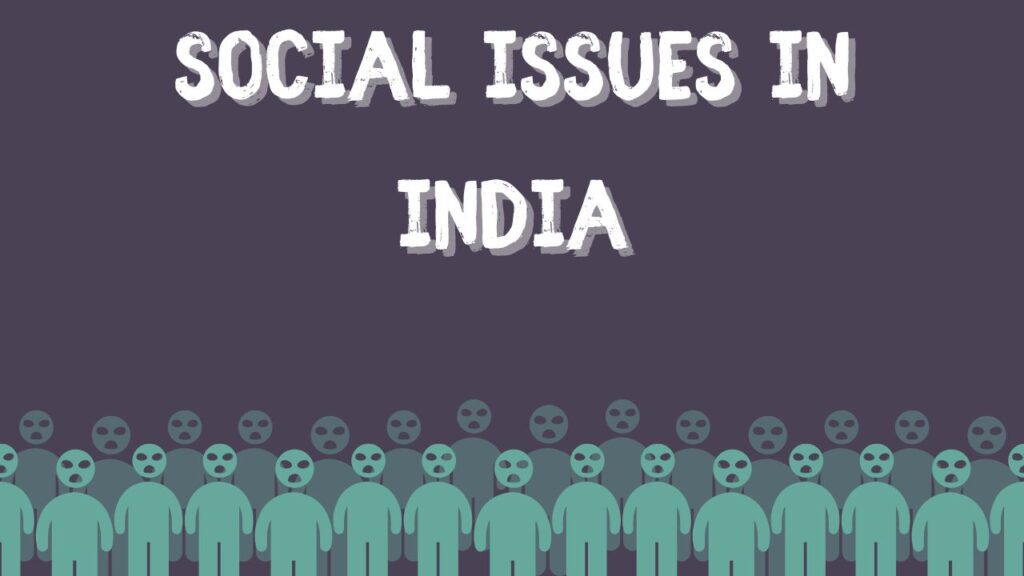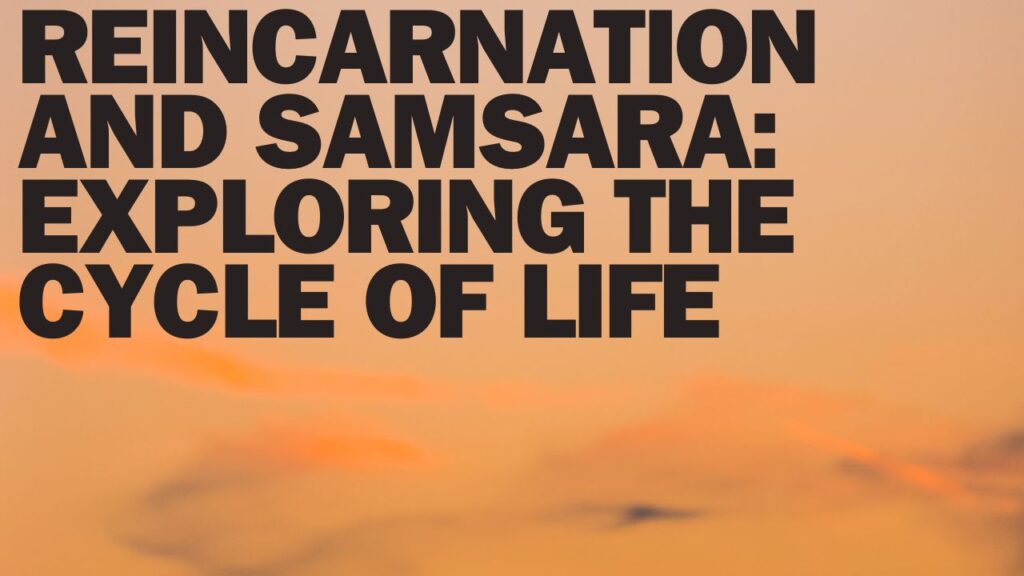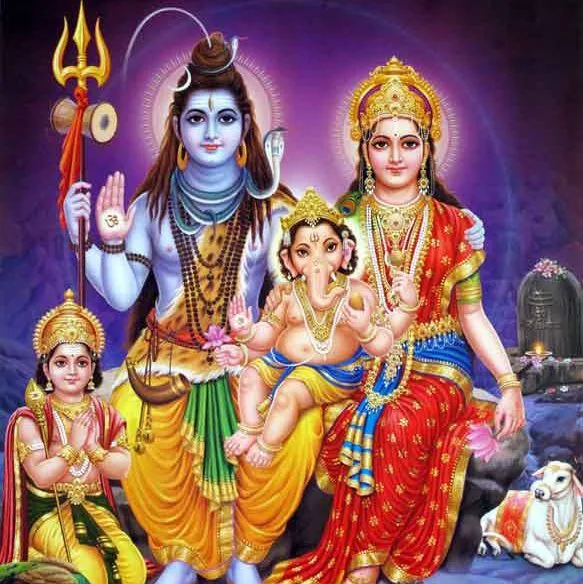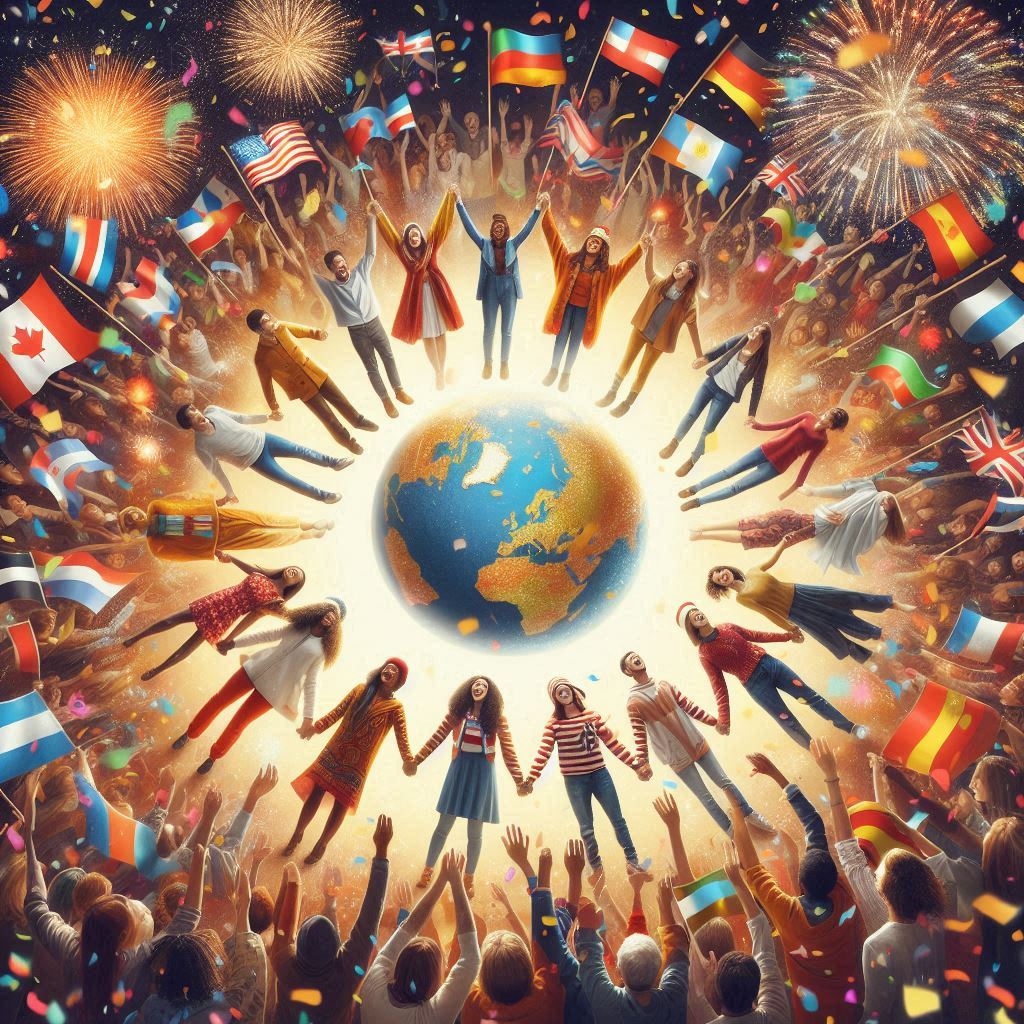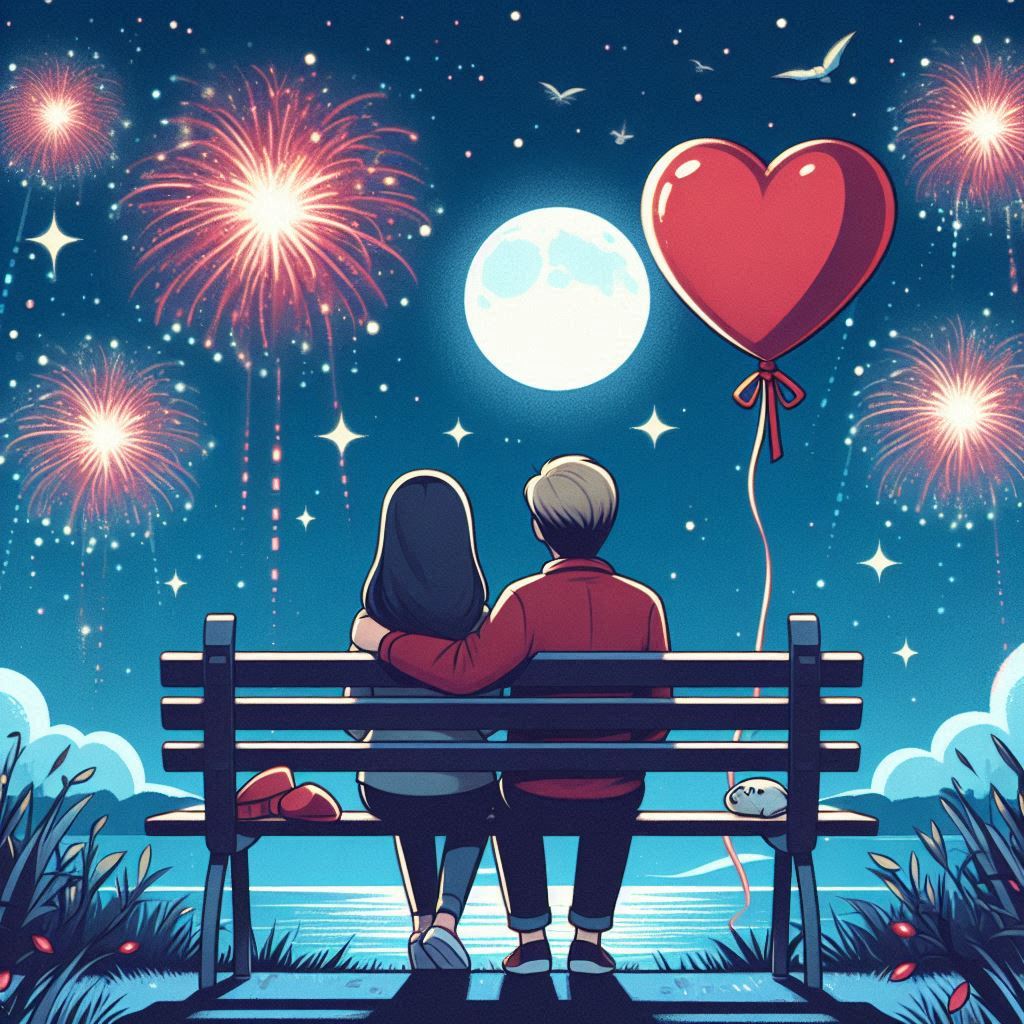Ranga Panchami
Introduction
India is a place of celebrations, each one firmly anchored in history, spirituality, and cultural vitality. Among the several vibrant and festive celebrations observed all throughout the nation, Ranga Panchami has particular meaning. Celebrated fervently in many parts of India, particularly in Maharashtra and Madhya Pradesh, it is a celebration of colors, dedication, and spiritual cleansing.
Observed five days following Holi’s celebration is Ranga Panchami. Celebrated by color play, religious ritual participation, and enjoyment of cultural events, it celebrates the triumph of divine energies over negative forces. The celebration has more significance than only entertainment value; it links people to their spiritual background.
Let’s investigate the customs, background, and meaning of this energetic celebration as well as the reasons behind its ongoing importance in Indian civilization.
What is Ranga Panchami?
As per the Hindu lunar calendar, Ranga Panchami is seen on the fifth day (Panchami) of the Krishna Paksha (waning phase of the moon) in the month of Phalguna, or Chaitra. Ranga Panchami has great spiritual value unlike Holi, which is more of a social celebration. Playing with colors on this day is thought to assist the body balance the five basic components (Panch Tatva), therefore guaranteeing positivity and inner harmony.
From the word “Ranga Panchami,” itself, “the fifth day of colors.” Focusing mainly on divine worship and spiritual cleansing, Ranga Panchami is regarded as the very end of Holi celebrations even as Holi honors the triumph of Prahlada over Holika.
The Significance of Ranga Panchami
Ranga Panchami is remarkable because of its great spiritual and religious value, which transcends simple celebration of colors.
1. Spiritual Cleansing and Positive Energy
Hindu scriptures claim that colors can balance the five elements of life (earth, water, fire, air, and space) and clear a person’s aura. On this day, playing with colors is supposed to release negative emotions and encourage peace both inside and around.
2. Victory of Dharma Over Adharma
This celebration marks the always triumphant victory of righteousness (Dharma) over evil (Adharma). It is a continuation of Holi, so supporting the conviction that truth and loyalty always win.
3. Devotion to Hindu Deities
Many of the followers dedicate Ranga Panchami to Goddess Durga, Lord Krishna, and Lord Shiva. Seeking their blessings for peace and wealth, the festival is marked with temple rites, chanting, and prayer offerings to these gods.
4. Community Bonding
Considered a social celebration, Ranga Panchami brings people from many spheres of life together. Celebrating with colors and laughter, it promotes unity, equality, and joy among people, therefore transcending differences.
How is Ranga Panchami Celebrated?
Ranga Panchami is celebrated in different parts of India in somewhat distinct ways. Still, the key ideas are still playing with colors, attending religious activities, and savoring the joyous attitude.
1. Playing with Colors
Applying colored powders (Gulal) on one another, people commemorate the celebration with laughter and delight. Ranga Panchami is mostly celebrated with dry colors, unlike Holi when wet colors are used heavily.
2. Bhajans and Kirtans
Special bhajan and kirtan events held by temples let visitors sing songs honoring Lord Krishna and other gods. These spiritual meetings enable people to relate to their beliefs.
3. Sacred Dips in Rivers
Believing that it cleanses sins and gives divine blessings, many devotees take a holy bath in revered rivers as Ganga, Yamuna, or Narmada.
4. Processions and Rituals
Grand processions involving idols of gods are observed throughout Maharashtra and Madhya Pradesh. Devotional melodies, folk dances, and dhol-tasha beats define these processions.
5. Temple Worship and Offerings
In temples, special pujas are carried out whereby followers present to the gods sweets, flowers, coconut, and incense in order to seek their grace and blessings.
Regional Celebrations of Ranga Panchami
Celebrated extensively throughout Maharashtra, Madhya Pradesh, and areas of North India, Ranga Panchami States observe the holiday differently as follows:
1. Maharashtra
- Ranga Panchami is observed enthusiastically in cities including Pune, Mumbai, and Nashik.
- There is planning for big processions with Lezim dance and dhol-tasha performances.
- Devotees visit goddess Durga, Lord Vitthal, and Lord Shiva temples.
2. Madhya Pradesh
- Grand Ranga Panchami celebrations at Indore are well-known.
- Temple uses colorful water cannons and floral showers.
- People sing old tunes and dabble with dry colors.
3. Uttar Pradesh
- Ranga Panchami dates back to the Raas Leela of Lord Krishna at Mathura and Vrindavan.
- Devotees do bhajans and kirtans and visit temples.
Foods and Sweets of Ranga Panchami
Indian celebrations will be incomplete without mouthwatering cuisine. Not an exception is Ranga Panchami. People get ready and enjoy unique cuisine including:
1. Puran Poli – A Maharashtrian delicacy made with sweet jaggery and lentil stuffing.
2. Gujiya – A North Indian favorite, deep-fried and filled with khoya and nuts.
3. Malpua – A sugar-soaked crispy pancake served with rabri.
4. Thandai – A refreshing milk-based drink infused with dry fruits and saffron.
Do’s and Don’ts for Ranga Panchami
Do’s:
✔ Choose natural, herbal, or organic hues to steer clear of skin problems.
✔ Engage in devotional events and temple ceremonies.
✔ Celebrate with loyalty, respect, and delight.
✔ Dress in light colours to accentuate the holiday appeal.
Don’ts:
✖ Steer clear of colors based on chemicals that damage the environment and skin; also, do not compel anyone to engage against their will.
✖Avoid resource and water waste.
✖ Make sure celebrations don’t cause public disturbance of peace.
Conclusion
Ranga Panchami honors unity, positivism, and commitment rather than only a celebration of colors—a spiritual trip. It is a significant component of Indian cultural legacy since it deftly combines fun with devotion.
Let us honor the core of Ranga Panchami by means of respect, love, and dedication. May the celebration infuse into our life happiness, wealth, and spiritual illumination.
